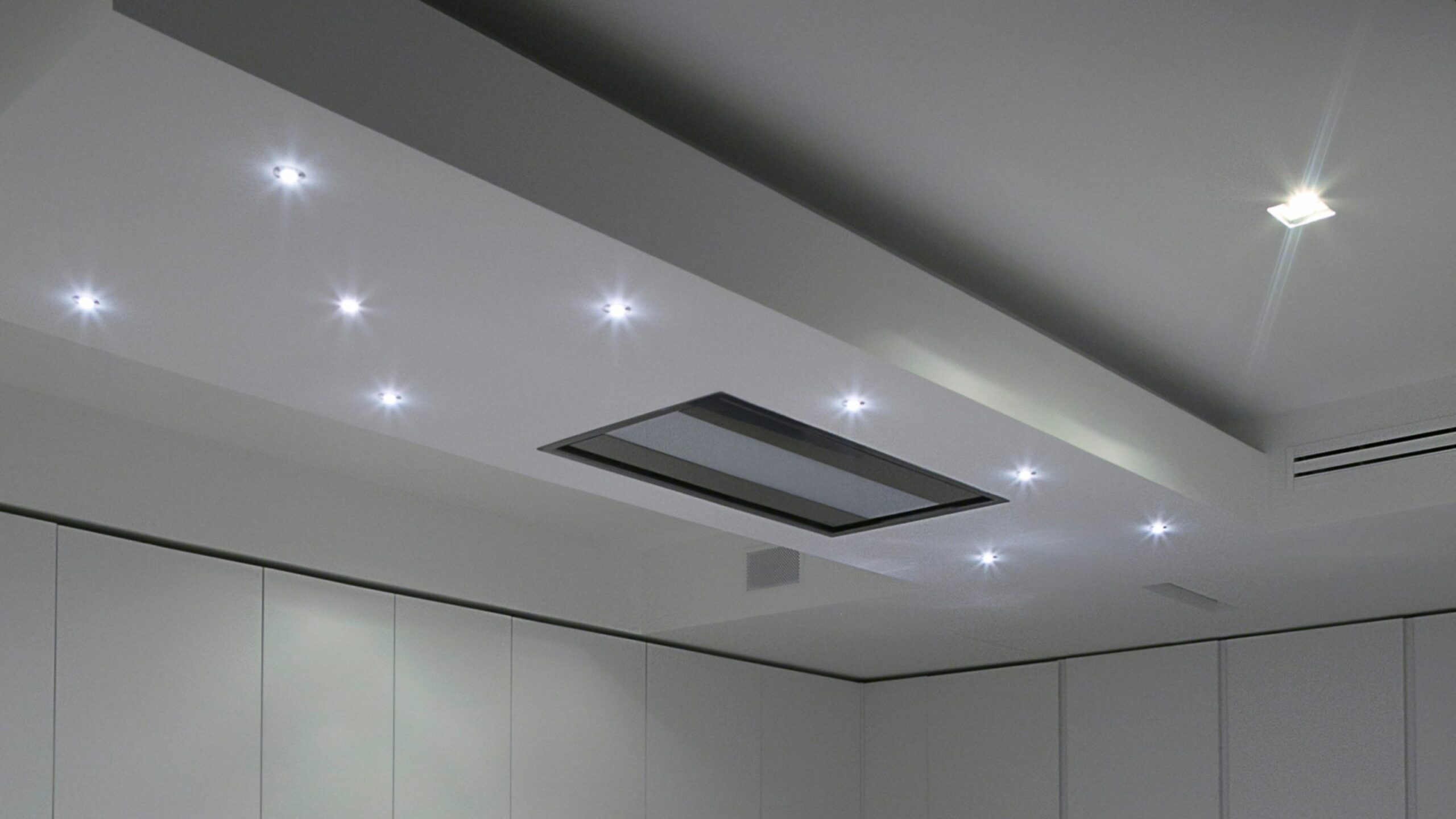5 mistakes to avoid in home lighting
Lighting is a fundamental architectural element that transforms spaces, influences our wellbeing, and determines the atmosphere of our homes.
In this article, we explore the five most common mistakes in residential lighting design, and how to avoid them to create more livable and harmonious spaces.
1. Excessive lighting
The most widespread error? Thinking that “more light” necessarily means “better lighting.”
In reality, excessive lighting – besides unnecessarily consuming energy – can create unpleasant and unwelcoming environments.
It’s better to choose modular solutions that allow you to adjust light intensity based on the time of day and different activities.

2. Inadequate planning
Never postpone lighting decisions to the end, when many structural decisions have already been made.
Instead, a detailed preliminary study is fundamental to distribute light uniformly and adapt it to the needs of each space.
During the design phase, we consider:
- The primary function of each room
- Focal points that deserve to be enhanced
- Transition areas between different spaces
- The interaction between natural and artificial light
- How needs evolve throughout the day
3. Inappropriate color temperature
Choosing the wrong temperature (warm or cool) completely compromises the perception of a space:
- Warm light creates a cozy and relaxing atmosphere, ideal for living rooms and bedrooms.
- Neutral light ensures balance between comfort and functionality, perfect for kitchens and common areas.
- Cool light, which stimulates concentration, is suitable for home offices and work areas.
4. Incorrect positioning
Even the best lamp can be wrong if positioned inappropriately.
Installation height, angle, and distance from surfaces are all critical variables that determine the effectiveness of a light source.

5. Absence of layered lighting
Perhaps the subtlest error, but still with strong impact, is using only one type of lighting.
A well-designed system should provide different “layers” of light working in harmony:
- General lighting: provides a uniform luminous base for the entire environment
- Accent lighting: enhances architectural elements, artwork, or design details
- Task lighting: dedicated to specific activities such as reading, cooking, or working
- Decorative lighting: contributes to the overall atmosphere through particular lighting effects
Lighting as a Transformative Element
Avoiding these five mistakes will radically transform the perception and livability of your spaces.
A conscious approach to lighting therefore represents one of the most valuable investments in interior design.
Are you planning a home renovation and would like lighting consultation?
Contact us to discover how we can help you create perfectly calibrated luminous environments tailored to your needs.





